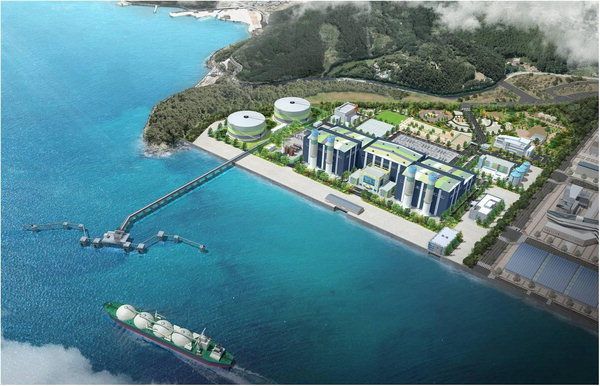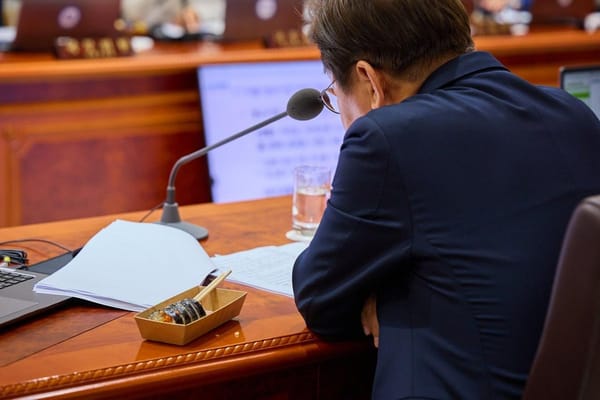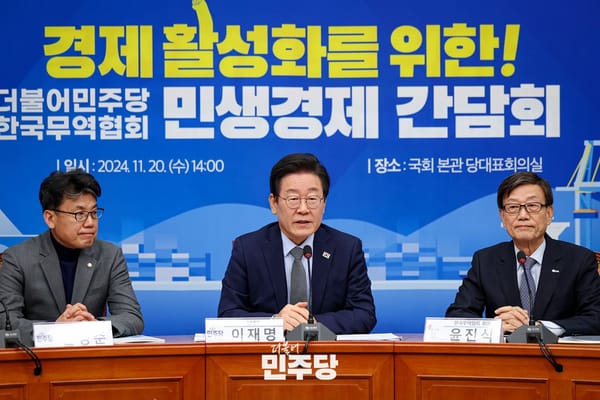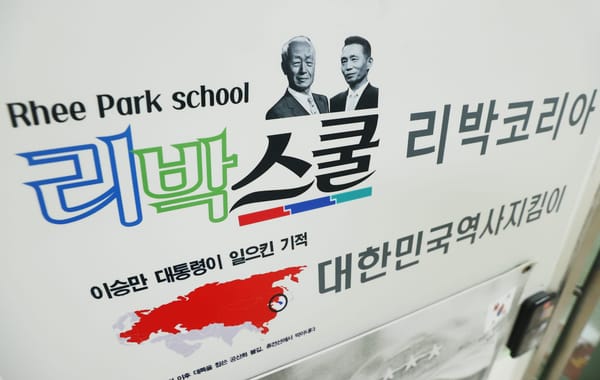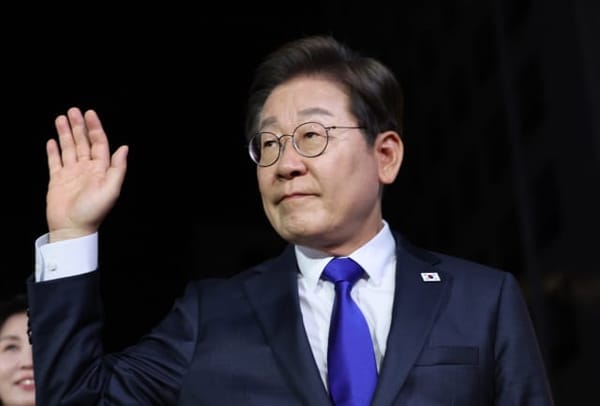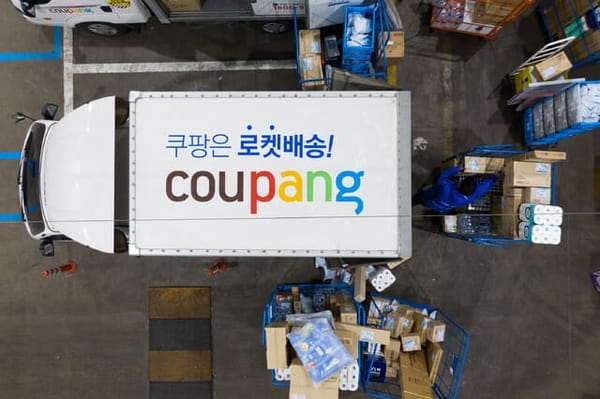Image: drawing of a power plant planned to be constructed in Tongyeong, Gyeongsangnam-do Province, whose bond failed to find any takers. Credit: Hyundai Development Company.
The aftereffects of Gangwon-do Province 강원도’s Legoland bond default have shown no signs of abating. Frightened by the sudden default of a government-backed bond with an A1 rating, investors are running from the bond market, leaving even the most creditworthy companies starving for money. (See previous coverage, “Politically Motivated Legoland Credit Crisis.”)
Local government projects have ground to halt, as the market’s trust for government-backed bonds has evaporated. Incheon Housing and City Development Corporation 인천도시공사, a publicly-owned company responsible for urban renewal and affordable housing construction in Incheon, abandoned a plan to issue bonds worth KRW 50b (USD 35m) as it expected there would be no buyers. Out of the KRW 60b (USD 40m) bonds issued by Gwacheon Urban Corporation 과천도시공사 to build public housing in Gwacheon, Gyeonggi-do 경기도 과천, a prosperous suburb of Seoul 서울, KRW 40b worth of bonds could not find a buyer.
Corporate bonds, considered less safe than government bonds, are having an even worse time. The returns for Korea Electric Power Corporation (KEPCO) 한국전력공사’s three-year bond, considered among the safest corporate bonds in South Korea, climbed from 2.184% to 5.825% since the beginning of 2022. Yet its latest round of three year bonds, worth KRW 200b (USD 141m), could not find a buyer. Three-year bonds worth KRW 51b (USD 35m), issued by Tongyeong Eco Power 통영에코파워 and backed by Hanwha Energy 한화에너지, failed to find a buyer despite a 6.9% return and A+ rating.
Gangwon-do Province Governor Kim Jin-tae 김진태 강원도지사, whose abrupt declaration on September 28 sparked off the credit crisis, said he was “a little sorry” and pledged to pay back the KRW 205b (USD 144m) Legoland bond by December 15 by allocating a special budget - a pointless gesture for restoring confidence in the credit market.
The government attempted to calm the panic by restarting the Bond Market Stabilization Fund 채권시장안정펀드, initially established in 2008 in response to the global financial crisis, with KRW 50t (USD 35b). But with the continuing drought in the capital market, the Yoon Suk-yeol 윤석열 administration demanded the Bank of Korea 한국은행 to print more money - which the central bank rejected.


